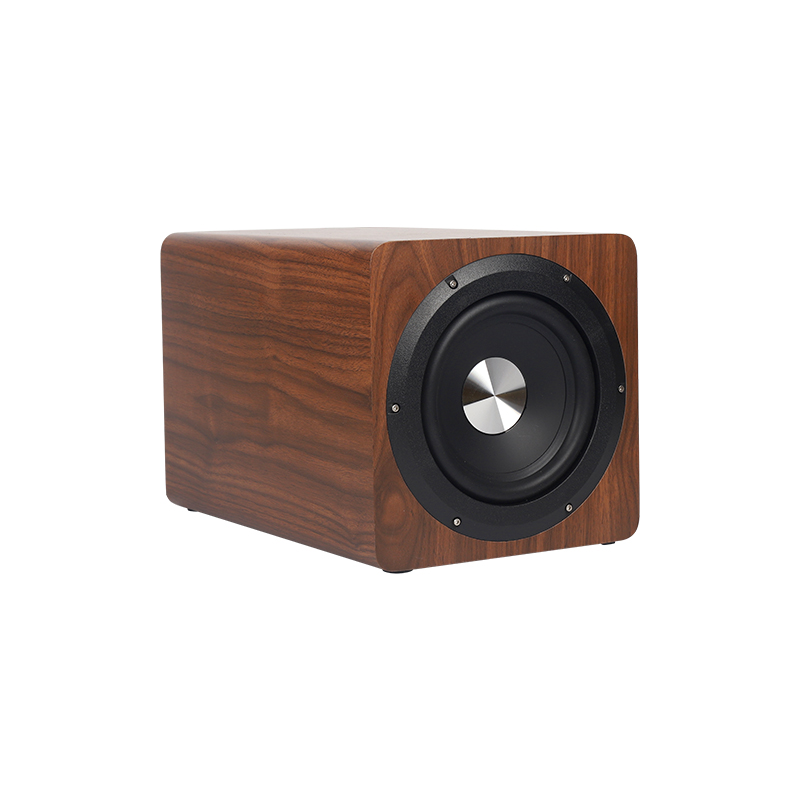Multimedia active speakers are devices that restore electrical signals to sound. Therefore, multimedia speakers are an important part of a computer sound system. In a sense, they are more important than sound cards. A pair of speakers with good fidelity can truly interpret the true meaning of music, while fake and inferior speakers not only make cotton like noise to torture your nerves, but also bring potential safety hazards due to their rough manufacturing process. As a consumer, in the face of a dazzling variety of brands and models of active speakers in the market, how can we make the right choice and select the satisfactory products? The following are some discussions on this issue based on the author's practical experience.

Among the numerous technical indicators of multimedia speakers, the size of speaker power is particularly important. For most of my friends, I don't have much professional audio knowledge, and I always one-sided think that the more powerful the speaker is, the better. In fact, this statement is unscientific. It is precisely this psychology of consumers that businesses seize and make a big fuss over the nominal power of speakers. Some speakers, large and small, no matter how large their actual power is, are labeled with words such as 800 watts and 1000 watts, or even a pair of small plastic speakers can be labeled with 100 watts. Is the power of speakers really so large? An ordinary pocket semiconductor radio, whose loudspeaker power is generally only 0.5 W, can still be heard clearly by people in a room; A high-quality headset with a power of only a few hundred milliwatts can also hear beautiful music. It can be seen that listening to music does not require too much power. Imagine: a household electric rice cooker with a power of no more than 1000 watts can generate so much heat. If the actual power marked on your speaker is 1000 watts, the heat generated by your speaker is enough to boil eggs!